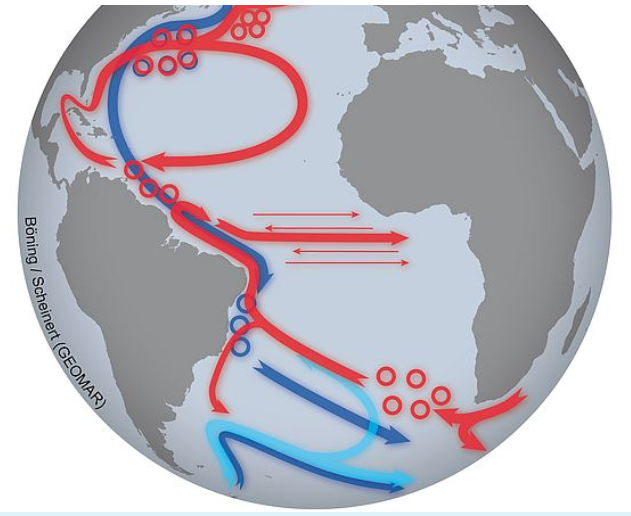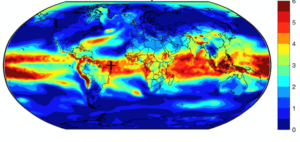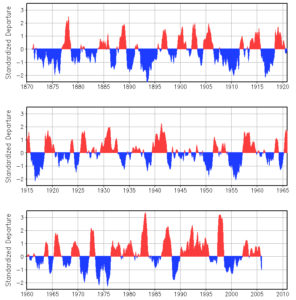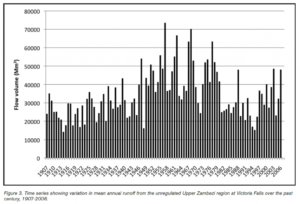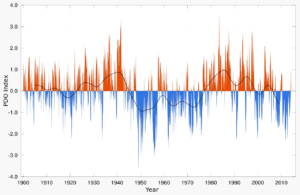by Blackport P. & Fyfe, J.C., Nov 11, 2022 in ScienceAdvances
Abstract
Projections of wintertime surface climate over Europe depend on reliable simulations of the North Atlantic atmospheric circulation from climate models. However, it is unclear whether these models capture the long-term observed trends in the North Atlantic circulation. Here, we show that over the period from 1951 to 2020, the wintertime North Atlantic jet has strengthened, while model trends are, on average, only very weakly positive. The observed strengthening is greater than in any one of the 303 simulations from 44 climate models considered in our study. This divergence between models and observations is now much more apparent because of a very strong jet observed over the past decade. The models similarly have difficulty capturing the observed precipitation trends over Europe. Our results suggest that projections of winter atmospheric circulation and associated precipitation over Europe may be unreliable because they fail to capture the response to human emissions or underestimate the magnitude of multidecadal-to-centennial time scale internal variability.

